Catch & Release Fish Handling Techniques
Our fish handling techniques are simple and can be applied across species. The more techniques you employ increases the likelihood that released fish will survive to spawn (or be caught again). Keeping sportfish populations strong begins with individual fish.
- Minimize fight time. Exhausted fish have a difficult time recovering from being caught and are more susceptible to predation and swift currents than fish quickly brought to hand. Exhausted fish may be unable to fulfill their parenting responsibilities, hurting the next generation of fish.
- Use low-impact equipment and lures. Using artificial lures has been proven to reduce fish mortality relative to bait; flies and single-hooked lures have the lowest associated impact. Equipment manufacturers are constantly developing new products to help minimize our impact on caught fish. Employing small-mesh rubber nets, barbless single hooks, and adequately-rated rods and lines all help get released fish back at it.
- Avoid air exposure. Most sport fish are unable to respire unless their gills are submerged. Keeping a fish above water prevents the fish from ‘breathing’ and further adds to angling-induced stress. We understand some fish are more resilient than others in this regard; especially those that live in warm water environments. But we believe in keeping all fish in the water and will only display photos of fish in the water (as demonstrated on this page here).
- Handle fish gently. It’s common to see anglers beaching their catch in many of our fisheries. While a simple way to bring a fish to hand, dragging a live fish cross rocks and sand can cause damage to gills, eyes, and the protective mucus barrier (slime). Learn to ‘tail’ a caught fish by grasping it by the wrist, found just north of a fish’s tail. Tailing restricts a fish’s ability to move, easing control and minimizing mucus loss from unnecessary contact. Wet hands help keep fish slimy and parasite-free.
- Watch the water temperature. Warm water contains less available dissolved oxygen than cool water, making recovery that much more difficult on caught fish. Salmonids, in particular, are sensitive to water temperature; fishing in water temperatures exceeding the mid-60s can be detrimental to caught salmonids. In those dog days of summer, it’s often better to swim with the fishes than trying to bring one to hand.
- Manage barotrauma. Deep-dwelling fish may experience injury if brought to the surface quickly. Barotrauma can cause bulging eyes, distended organs, and marked behavioral changes. Fish caught in more than 30 feet of water should be brought to the surface slowly (contrary to tactics for surface fish) and examined for signs of barotrauma. Released fish exhibiting signs of barotrauma should be lowered back to depth with a specialty or DIY descending device as soon as the fish is brought to hand. “Fizzing” or “venting” helps with immediate decompression but often leads to organ damage and should be avoided.
Whether anglers acknowledge it or not, fish handling practices play a huge role in post-catch survival. ECHO Fly Fishing encourages handling techniques that reduce human impact on fish intended for release. The techniques are general enough for application across species but specific enough to make a difference. Like hemostats and nippers, a firm knowledge of handling techniques is another tool for the angler’s tackle box.
Folks fishing to put meat in the freezer are important stakeholders in fisheries conservation, and you can count us among them. Many of us harvest fish when legal and sustainable. Fish need water, but sometimes fish just need lemon. Our mission here is to make an impact on how fish intended for release are treated.
Those anglers who like to “fish for keeps” can protect our fisheries just the same as C & R folks – slot limits, bag limits, and non-target species mean that all anglers should be releasing fish at one time or another. The better each of us is prepared to safely release caught fish, the better our sport fisheries will be poised to thrive.
Sometimes a need is recognized that demands action without hesitation. And sometimes, that need is the source of happiness, connection, and livelihood for millions of people worldwide. Our mission was borne out of the realization that sport fishing’s future lies, to a large degree, in the hands of individual anglers. Fishing culture has shifted in recent years toward a more stewardship-oriented ethic, spurred by collapsing wild fisheries across much of the world. This sea-change began with individual anglers already deep into their fishing careers, often with years of practical experience informing their fishing practices. We’re here to spread that love from the lifelong angler to those who may not know a reel seat from a love seat.
We invite all anglers, industry stakeholders and friends that derive such pleasure from being on the water to spread the word that standing idly by is hardly a consideration. Long time fly fishing industry frontrunners Tim Rajeff and Katherine Hart are at the helm here, backed by a team with diverse experience in fisheries conservation and more combined experience on the water than you can shake a stick at. There are no high horses or ivory towers, only a deep love for both fish and fishing.
This pledge by ECHO Fly Fishing to only publicize photos of properly handled fish has grown into an outlet for angler education and support. We’re here to keep sport fishing strong for next week, next year, and the next generation of anglers.
Sources of information
For more info, you can see our list of studies and other references on the topic of fish handling.
http://www.fishneedh2o.org/learn-more
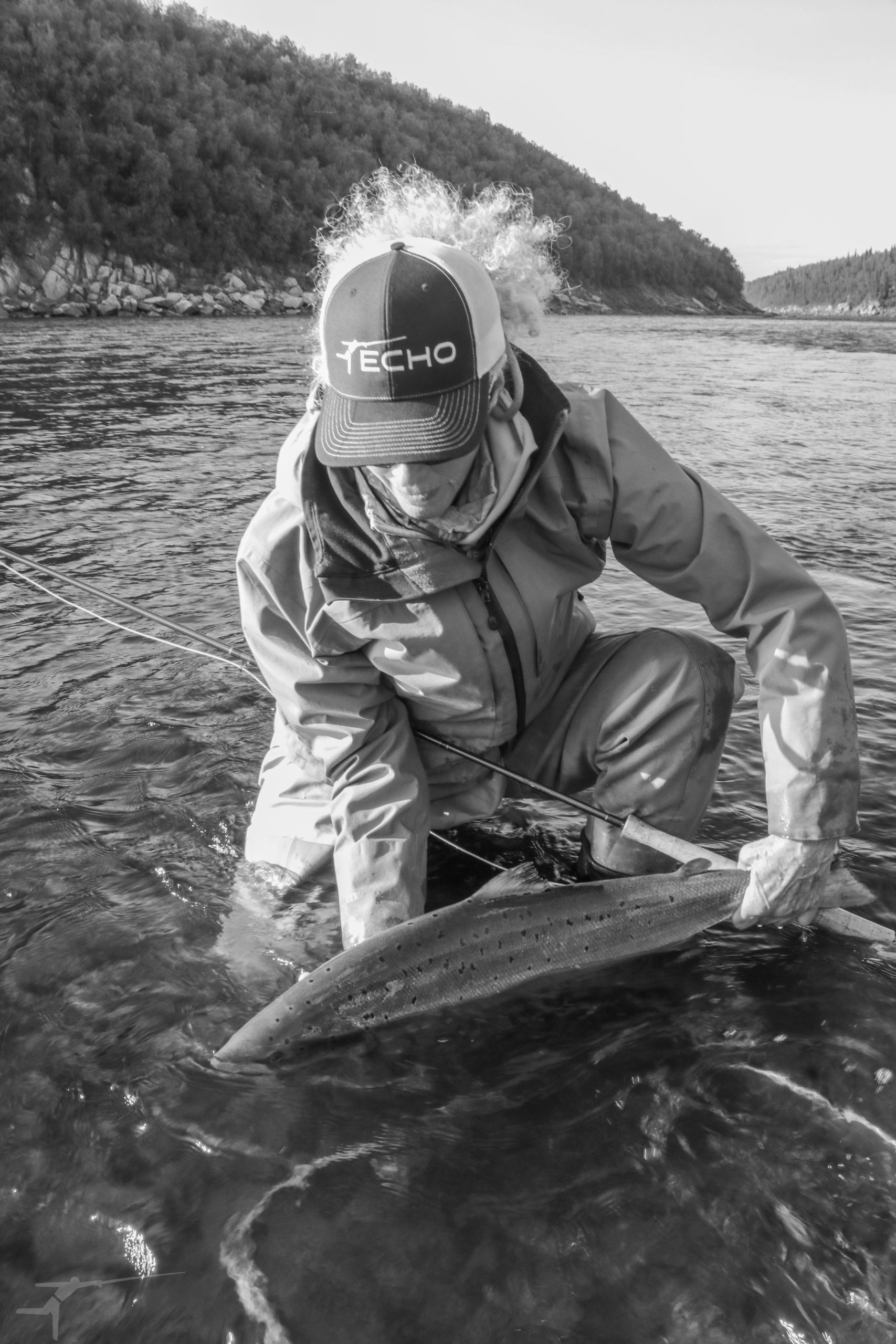
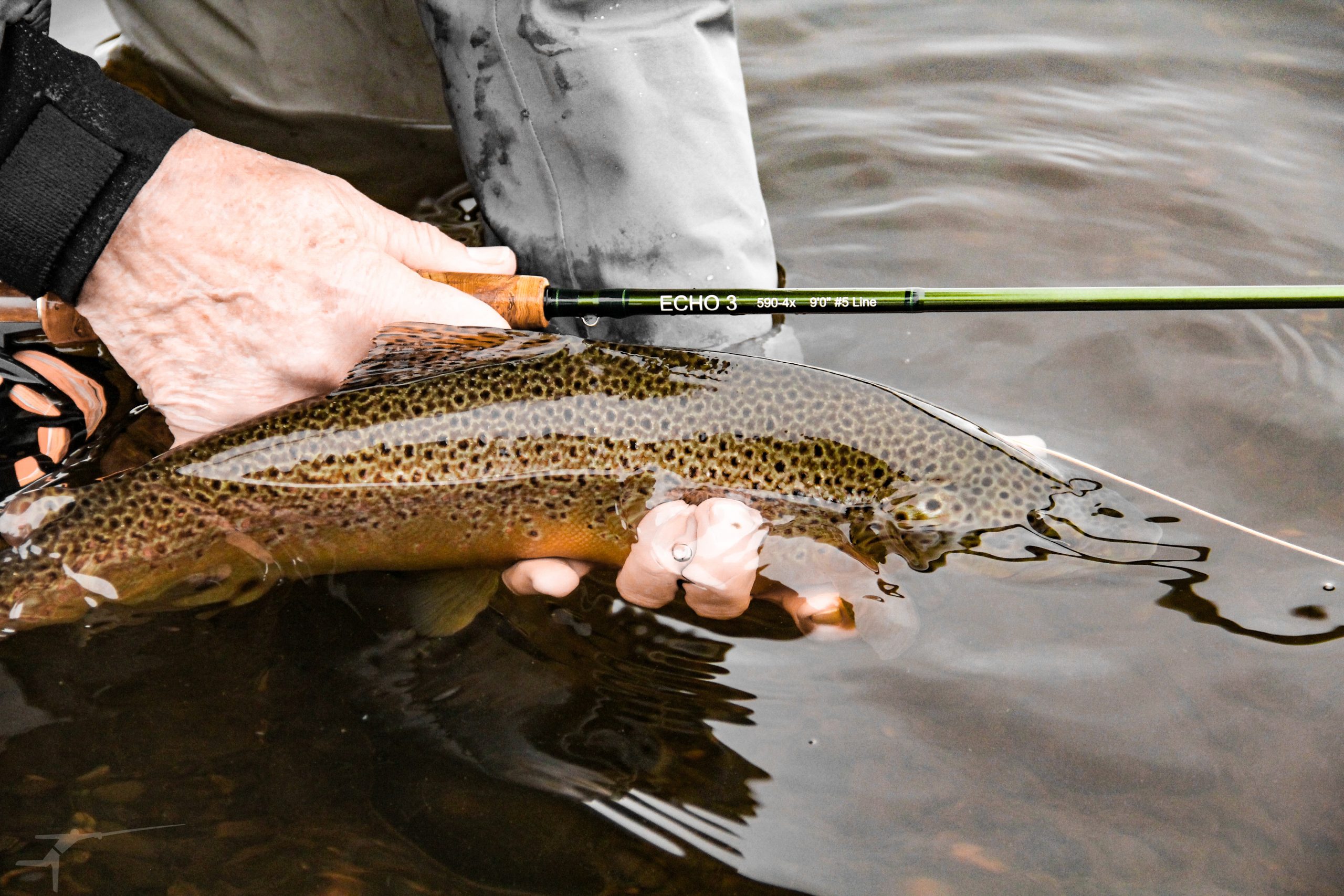
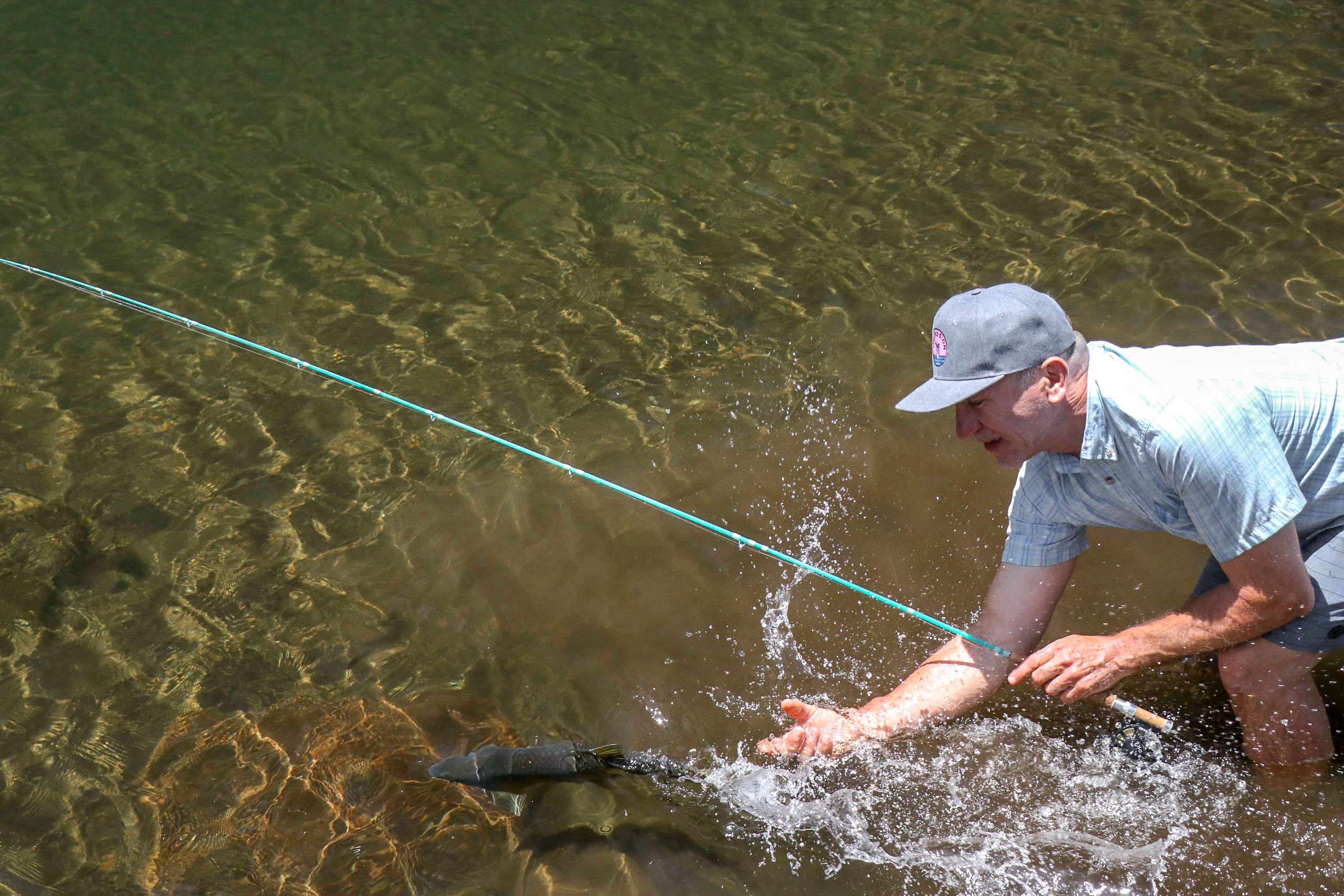
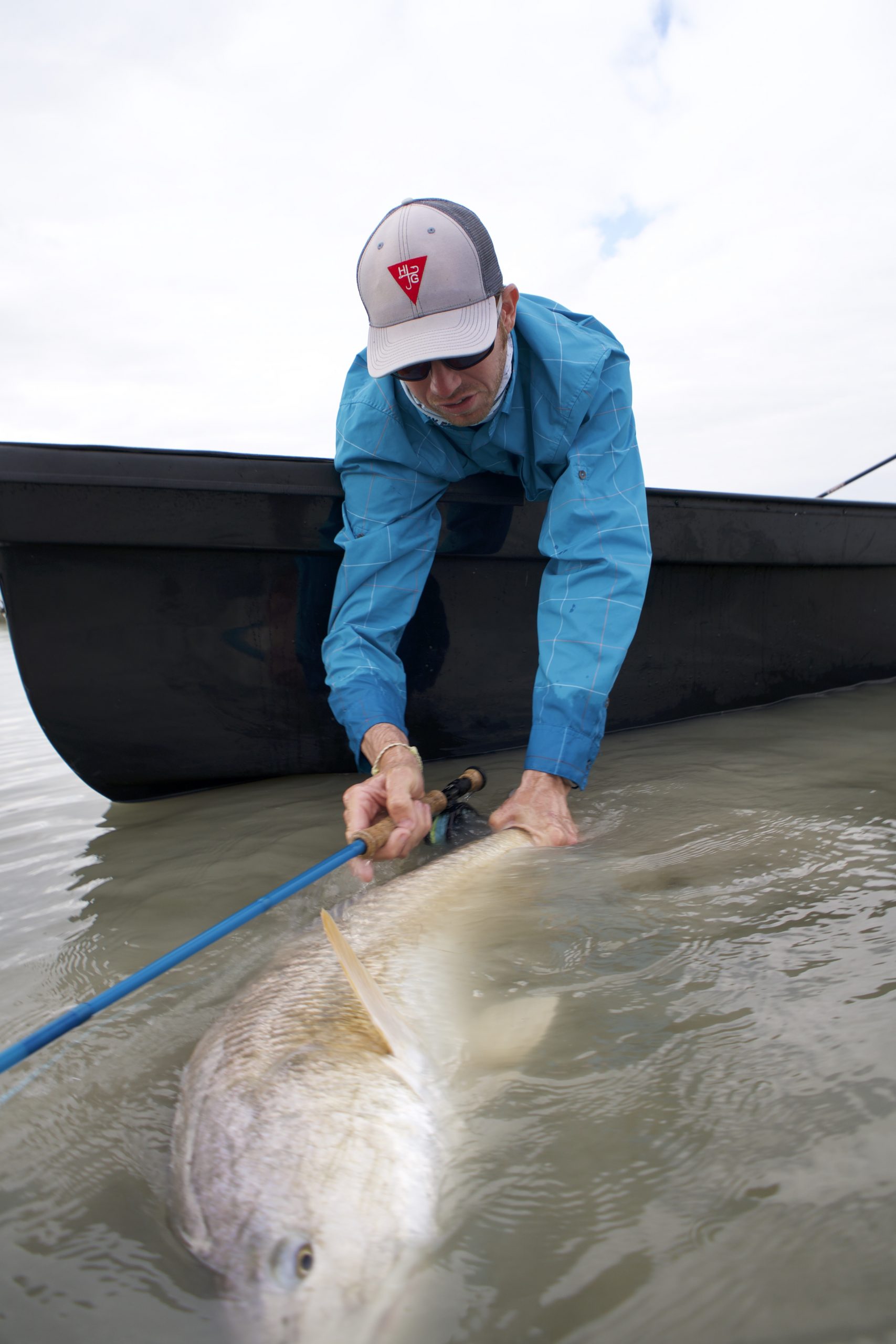
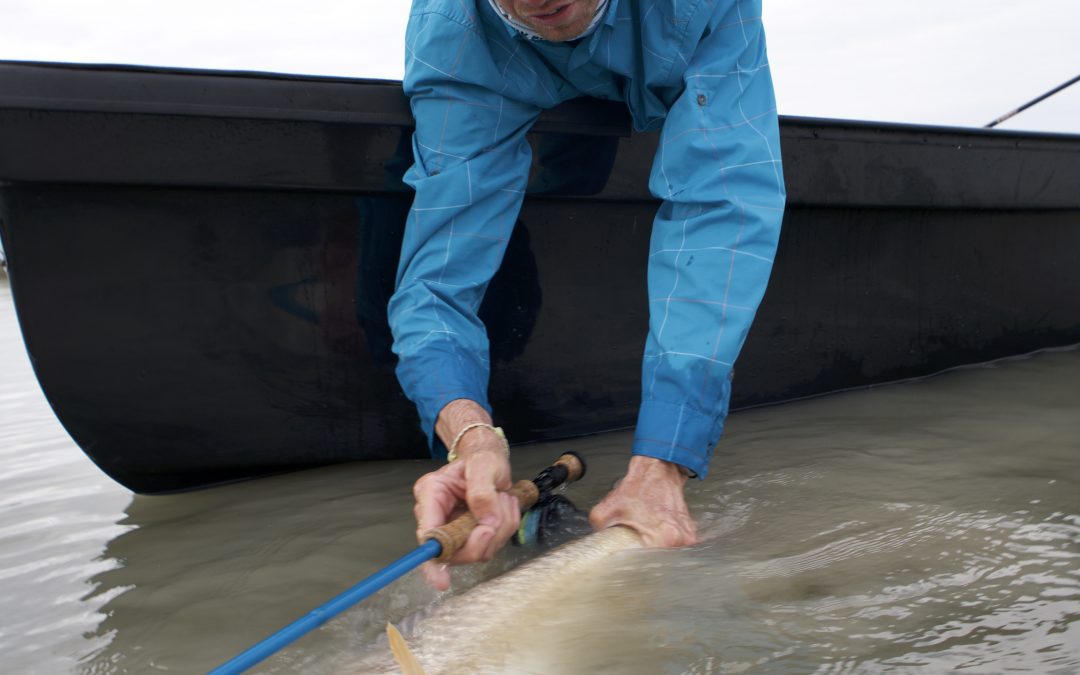

Recent Comments